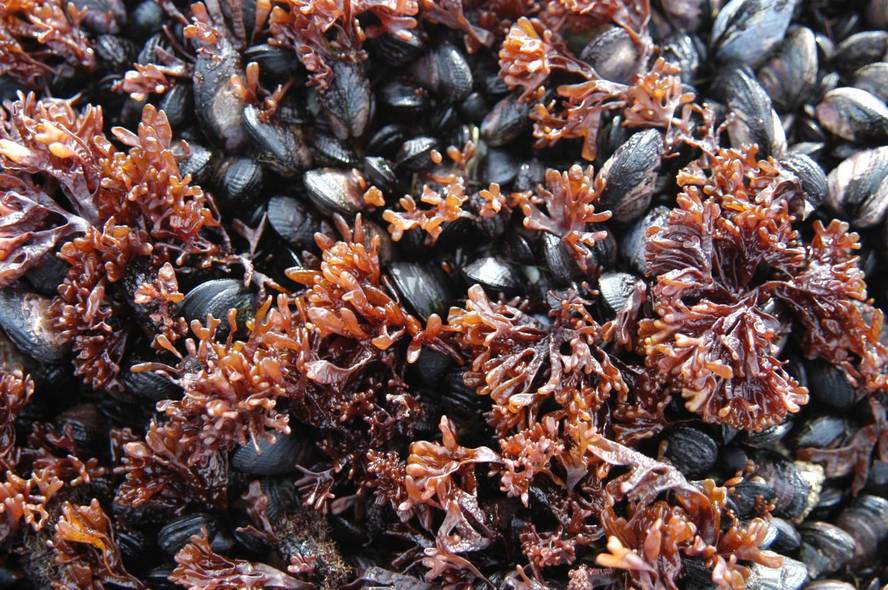Species that can invade the Antarctic Peninsula in the short term have been identified
A study has identified the world's most endangered animal and plant species for the invasion of the Antarctic Peninsula over the next ten years. According to the researchers, thirteen species are the most at risk, including several mussels and crabs, as well as plants with flowers, mites and other arthropods.
They have analyzed hundreds of research and databases in search of the most dangerous invasive species. In fact, polar marine and terrestrial biological communities are very vulnerable to the invasion of species from other parts of the world. In some cases, the work published by the journal Global Change Biology has detected the risk of destroying biological communities.
They mention growing tourism, scientific research activities and fishing, among others, as carriers of exotic species. Visitors can bring seeds and traces of land in their clothing and footwear; food infrastructures to the peninsula also often bring insects, plants and mice and rats; and in the hulls of ships come numerous distant marine species.
Although in the Antarctic Peninsula they have not spread through the cold for the moment, areas such as Marion Island and South Georgia have already been invaded by exotic species. Non-native species have been implanted mainly in the environment of research stations and visitor areas. To prevent the invaders from acting later, the authors of the study asked scientists and the tourism and fishing sector to participate in it to establish comprehensive biosecurity controls.
The thirteen invasive species that can cause damage to the Antarctic Peninsula over the next ten years are:
- Mussel Mytilus chilensis
- Mussel Mytilus edulis
- Fimata hexápodo protaphorura
- Nanorchestes antarcticus acaro
- Crab Halicarcinus planatus
- Filter Cione intestinalis
- Dry plant Leptinella scariosa
- The colonial marine invertebrate Botryllus schlosseri
- European crab Carcinus maenas
- Asian algae undaria pinnatifida
- Land plant Leptinella plumosa
- Polychaite Chaetopterus variopedatus
- Mediterranean mussel Mytilus galloprovincialis






